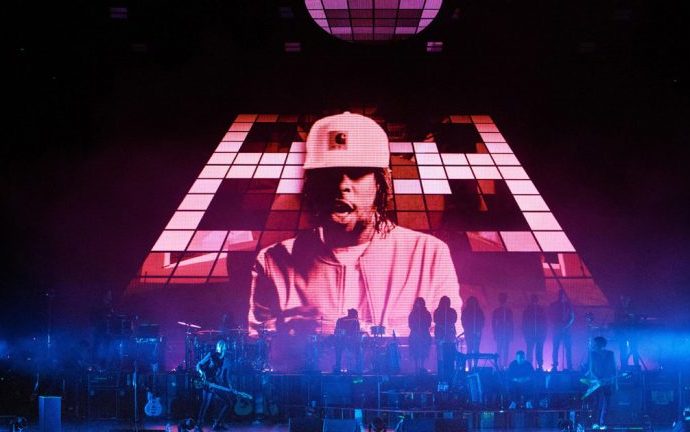Introduction In recent years, the landscape of live entertainment has undergone a substantial transformation, driven largely by advancements in technology. Among the most groundbreaking developments are virtual concerts and augmented reality (AR) experiences. These innovations are not just reshaping how audiences consume music but are also redefining the very essence of live performances. This article
Introduction
In recent years, the landscape of live entertainment has undergone a substantial transformation, driven largely by advancements in technology. Among the most groundbreaking developments are virtual concerts and augmented reality (AR) experiences. These innovations are not just reshaping how audiences consume music but are also redefining the very essence of live performances. This article delves into the future of live concerts through the lens of virtual and augmented reality, exploring their current state, potential, and implications for artists, audiences, and the industry as a whole.
The Rise of Virtual Concerts
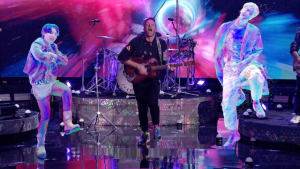
Image by: Google.com
- What Are Virtual Concerts?
Virtual concerts are live performances that are streamed over the internet, allowing audiences to experience the event from the comfort of their own homes. Unlike traditional live streams, virtual concerts often incorporate elements of virtual reality (VR) to create an immersive experience. Using VR headsets, fans can feel as though they are physically present at the concert venue, interacting with other attendees and even the performers.
- Technological Foundations
The technology behind virtual concerts includes high-speed internet, VR headsets, and advanced software platforms capable of rendering 3D environments in real-time. Companies like Oculus, HTC Vive, and Sony PlayStation VR are at the forefront of this technological revolution, providing the hardware necessary for immersive experiences. Software platforms like Wave, Next VR, and Melody VR offer the infrastructure to host these virtual events, complete with interactive features and high-quality audio-visuals.
- Current State and Examples
Virtual concerts have already made significant strides. For instance, Travis Scott’s “Astronomical” event on Fortnite attracted over 12 million concurrent viewers, blending live performance with interactive gaming elements. Similarly, BTS’s “Bang Bang Con: The Live” drew in over 750,000 viewers from 107 countries, setting a new standard for virtual fan engagement.
Augmented Reality: Enhancing Live Performances
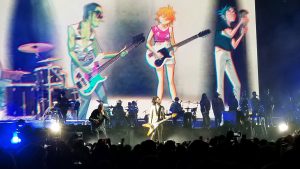
Image by: Google.com
- What Is Augmented Reality?
Augmented Reality (AR) overlays digital content onto the real world, enhancing the physical environment with interactive elements. Unlike VR, which creates an entirely virtual environment, AR adds layers of information and interactivity to the real world, making it a powerful tool for live concerts.
- Technological Foundations
AR technology relies on devices such as smartphones, tablets, and AR glasses. Platforms like Apple’s ARKit and Google’s AR Core provide the software frameworks necessary to develop AR applications. These technologies use sensors, cameras, and advanced algorithms to map the physical environment and overlay digital content seamlessly.
- Current State and Examples
AR is increasingly being integrated into live concerts to create hybrid experiences. For example, during the U2 Experience + Innocence Tour, fans could use a dedicated app to view AR content that synchronized with the live performance. Similarly, the Coachella Valley Music and Arts Festival introduced AR features in its mobile app, allowing attendees to interact with digital art installations and receive real-time information about performances.
The Synergy of Virtual and Augmented Reality
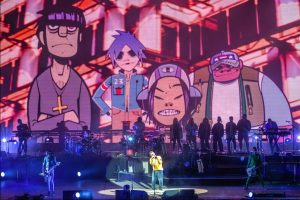
Image by: Google.com
- Blending VR and AR
The future of live concerts lies in the seamless integration of VR and AR, creating a mixed reality (MR) experience. This hybrid approach can offer the best of both worlds, combining the immersive nature of VR with the interactive capabilities of AR. For instance, fans could attend a virtual concert in a fully immersive VR environment while using AR to interact with digital elements overlaid on their physical surroundings.
- Potential Benefits
- Enhanced Accessibility: Virtual and augmented reality can make live concerts accessible to a global audience, breaking down geographical barriers and reducing the need for physical travel.
- Cost-Effectiveness: Hosting virtual concerts can be more cost-effective for both organizers and attendees, eliminating expenses related to venue rental, travel, and accommodation.
- Environmental Impact: Reducing the need for physical travel and large-scale events can significantly lower the carbon footprint associated with live concerts.
- Innovative Fan Engagement: These technologies offer new ways for artists to engage with their fans, from virtual meet-and-greets to interactive AR experiences that can be personalized for individual attendees.
Challenges and Considerations
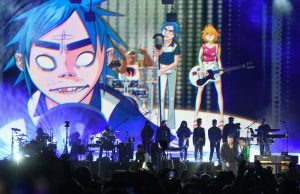
Image by: Google.com
- Technical Limitations
While the potential is immense, there are still technical challenges to overcome. High-quality VR and AR experiences require robust internet connections and advanced hardware, which may not be accessible to everyone. Additionally, creating seamless and immersive experiences demands significant computational power and sophisticated software development.
- Content Creation
Producing content for VR and AR requires a different approach compared to traditional media. Artists and creators need to think in three dimensions and consider how users will interact with their content. This shift necessitates new skills and expertise, which can be a barrier for some.
- User Experience
Ensuring a positive user experience is crucial. Issues like motion sickness in VR, the ergonomics of wearing headsets, and the intuitive design of AR interfaces are all factors that need to be addressed to make these technologies more user-friendly.
The Road Ahead
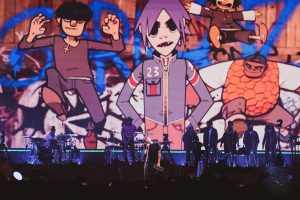
Image by: Google.com
- Innovation and Collaboration
The future of live concerts will likely be shaped by ongoing innovation and collaboration between technology companies, artists, and event organizers. As technology continues to evolve, we can expect to see more sophisticated and integrated VR and AR experiences that push the boundaries of what is possible.
- Regulatory and Ethical Considerations
As with any emerging technology, there are regulatory and ethical considerations to take into account. Issues related to data privacy, digital rights management, and the potential for addiction or over-reliance on virtual experiences need to be carefully managed.
Conclusion
Virtual concerts and augmented reality are poised to revolutionize the live music industry. By enhancing accessibility, reducing costs, and offering innovative ways to engage with audiences, these technologies hold the promise of a more inclusive and dynamic future for live performances. While challenges remain, the potential benefits far outweigh the hurdles, making the future of live concerts an exciting frontier for both artists and fans alike.

